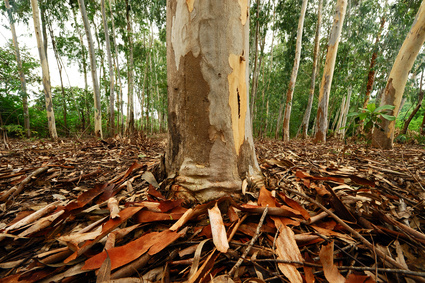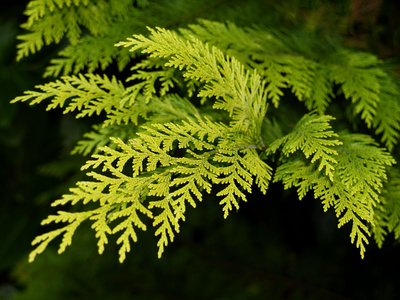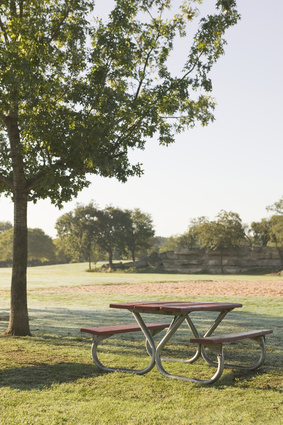Categories
Calendars
Guides
Reviews
Archive
Gallery
Articles
Ask Our Gardening Expert
Find the Right trees
Trees are a part of garden design is often overlooked. They provide height, shade, wind and noise protection, children’s playgrounds and havens for wildlife. Choosing them is often haphazard and often picked at random, with little thought to the consequences. Like pet dogs, they will be around for many years, and choice of tree set the tone of the garden. Trees may be evergreen, deciduous, broadleaved or coniferous. Their growth habits can be conical, columnar, spreading, weeping or flat-topped. They can be trained to achieve a desired shape or may be shaped by their environment.
Size is an important consideration, especially in smaller gardens. A tree may take many years to grow to a few metres or achieve that height in two or three years. Many people plant trees that grow too large for their gardens, causing problems with shading, obscured views, neighbours, litter, drains and even foundations. The removal of a large tree in a confined space is a problem only taken on by experts. The normal procedure is first to plant lawns, establish flower beds and then place trees to provide shade or block unsightly views. Trees should be planted first. They live longest.
Before calling at the nursery, you should know the dimensions of the trees you want. Do some research. An idea would be to visit gardens, find full grown examples and their rate of growth in your area. Gardeners are helpful and often willing to give information on when their trees were planted and their shortcomings.
Common errors are planting trees like eucalypt species, shedding bark and leaves that choke mowers and cannot be composted and reach heights so rapidly they can be watched growing from day to day.

Lawsoniana is another demon tree. Never be afraid to remove a tree getting out of control, remember that you are the person that placed it there and you do not always have to live with a mistake.

Deciduous trees are often a better choice, providing shade in summer and letting light pass through in winter. Again, choice is determined by the atmosphere one wants to create. There are many non deciduous trees that provide interest and should not be overlooked. Dense foliage trees are good for privacy and as windbreaks but are unsuitable in small gardens.

The trees you choose must be able to survive in your climate and soil. Temperature, wind tolerance and rainfall are the main climatic concerns, while soil pH, drainage and fertility are soil considerations. More favourable climatic conditions speed growth.
Trees provide background colour to the garden. Think of the combinations of greens in summer, autumn tints and spring blossom. Bark texture and colour can be interesting in winter. Conifers offer a tremendous variety of leaf shapes, growth habits and colour, year round.
When planting, dig a larger hole than the container or root ball and ‘cultivate’ the soil as you would for other plants. Incorporate plenty of humus in the loose soil in the bottom of the hole and around the tree roots. Plant to the same depth as the container and do not bury the graft union. Firm the soil around the newly planted tree. Stake the tree, making sure that the bark will not be rubbed in high winds. Water well. Once established, the tree should survive on its own and give many lifetimes pleasure.